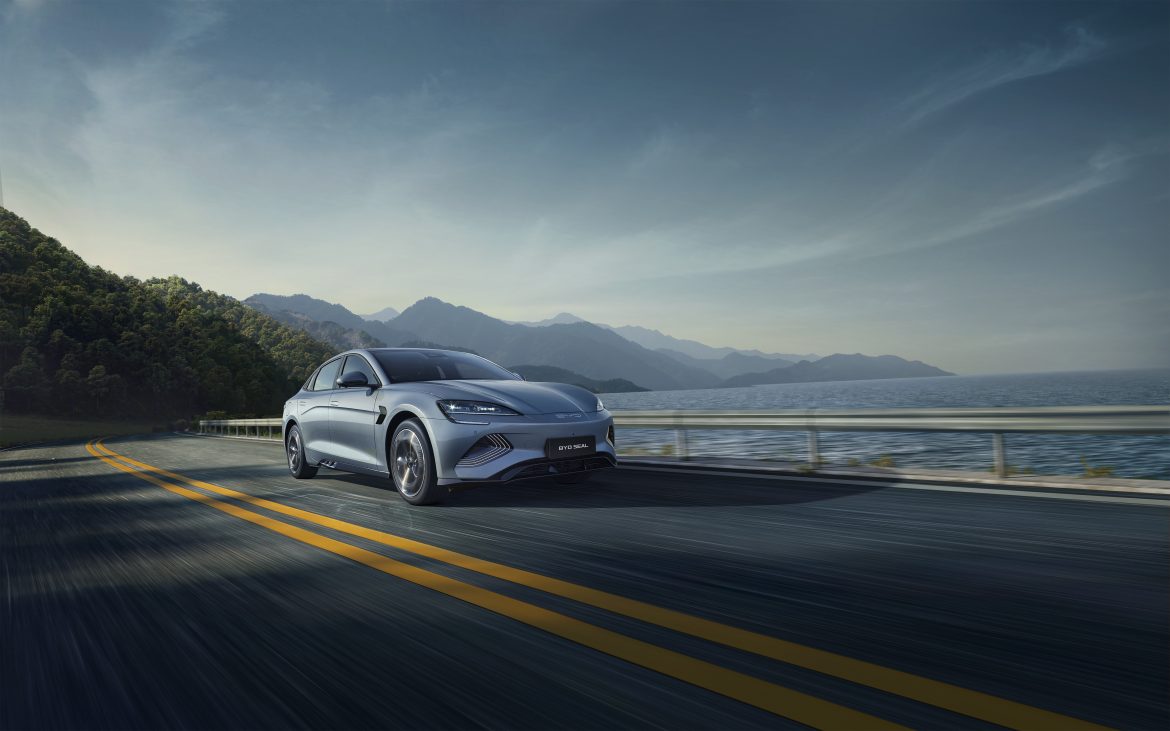The electric vehicle (EV) industry received a momentary reprieve as several major manufacturers reported better-than-anticipated sales figures for the second quarter of 2024. General Motors, Rivian, and Toyota all posted encouraging EV delivery numbers, while Tesla’s decline was less severe than predicted. This news prompted a surge in stock prices for several EV makers, offering a glimmer of hope in an otherwise turbulent market.
However, industry experts caution that these positive quarterly results may not necessarily signal a sustained resurgence in EV sales growth. The sector continues to grapple with numerous challenges, including high interest rates, economic uncertainty, and shifting consumer preferences towards hybrid vehicles. These factors have compelled EV manufacturers to implement aggressive pricing strategies and incentives to attract potential buyers.
Sam Fiorani, vice president at research firm AutoForecast Solutions, emphasised the unpredictable nature of the current market transition. “We’re expecting this period of time to have bumps along the way for the next few years as the transition goes from early adopters to mainstream buyers,” Fiorani stated. He anticipates fluctuations in quarterly performance, with overall growth likely to be less robust compared to recent years.
Despite these hurdles, the global EV market is projected to expand, with sales expected to reach 16.6 million vehicles in 2024, up from 13.7 million in 2023, according to the International Energy Agency. However, China’s growth is anticipated to outpace other regions, adding another layer of complexity to the global EV landscape.
To stimulate demand, various strategies are being employed across different markets. In China, government subsidies of up to 10,000 yuan (USD 1,375.29) for auto trade-ins have been introduced, while automakers like Tesla and BYD are offering zero-interest loans and no-down-payment options. Similar efforts by Tesla in the United States have helped the company exceed delivery expectations, despite experiencing a second consecutive quarterly decline.
The pressure to reduce manufacturing and battery costs remains a significant challenge for EV makers. As the industry shifts from catering to early adopters to appealing to mainstream consumers, companies must find ways to make their vehicles more affordable and competitive with traditional internal combustion engine alternatives.
Some manufacturers are diversifying their strategies to weather the storm. Tesla, for instance, has been placing increased emphasis on its artificial intelligence initiatives, including the development of a robotaxi product and the Optimus humanoid robot. These efforts aim to offset the slowdown in EV sales, which currently account for over 80% of Tesla’s quarterly revenue.
Despite the challenges, optimism persists among some industry observers. Thomas Monteiro, an analyst at Investing.com, suggests that the recent positive developments could lead to a “repricing of the EV story on Wall Street.” He views the confluence of favourable factors as potentially brightening the outlook for major players in the EV sector.



